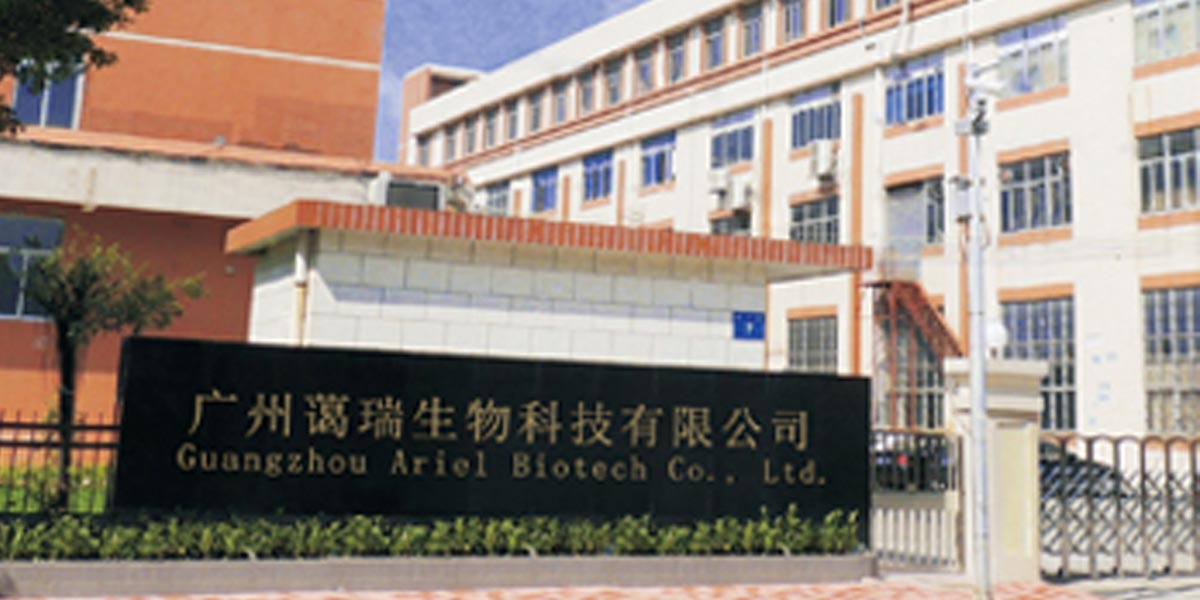The Certificate of Origin is a document that verifies the origin of goods, specifically the place of production or manufacture of the merchandise. It serves as the “economic nationality” of the goods in the international trade arena and is a document provided by exporters to importers upon request. The certificate is issued by notary institutions, government bodies, or the exporters themselves and attests to the origin or manufacturing location of the goods. The Certificate of Origin is a crucial document in international trade, serving as valid evidence for parties involved in trade relationships. It is used for receiving goods, settling payments, filing claims, customs clearance in the importing country, and assessing tariffs. Additionally, it serves as a supporting document for exporters to benefit from quota privileges and for importing countries to implement different trade policies for various exporting nations.
In the skincare industry, the process of obtaining a Certificate of Origin involves certain steps. What documents need to be prepared, and what considerations need to be taken into account?
For enterprises eligible to apply for a Certificate of Origin, the initial application process involves several steps. The company should, for the first-time application, submit the following documents to the issuing authority for registration:
1. A copy of the company’s business license.
2. A copy of the document proving the approval of the competent department for engaging in foreign trade.
3. Relevant documentation proving that the goods comply with the export goods’ origin standards.
The general steps and procedures for obtaining a Certificate of Origin typically include eight stages. Specific requirements may vary depending on the country and trade agreements. Before initiating the application, it is advisable to consult the local trade bureau, chamber of commerce, or relevant government agencies to obtain the most accurate and up-to-date information. The eight steps are as follows:
1. Understand Requirements: Familiarize yourself with the regulations and requirements of your country of origin and the target country (importing country). Specific requirements for the Certificate of Origin may vary from one country to another.
2. Confirm Eligibility: Ensure that your goods meet the specified rules of origin to qualify for relevant trade preferences. Some trade agreements have specific requirements regarding the origin of products.
3. Prepare Necessary Documents: According to the regulations of the target country, prepare the necessary documents, which may include:
①. Invoice for the goods
②. Certificate of origin for the goods
③. Product description and specifications
④. Any other documents that may be required
4. Contact the Local Chamber of Commerce or Trade Bureau: Typically, the Certificate of Origin is issued by local chambers of commerce, trade associations, or government trade agencies. Contact these organizations for detailed information regarding the application process, fees, and required documents.
5. Fill Out the Application Form: Complete the Certificate of Origin application form, ensuring that you provide accurate and comprehensive information. You may need to provide detailed information about the production and manufacturing processes.
6. Submit the Application: Submit the completed application form and all necessary documents to the relevant authority. Ensure that you pay the application fee as required.
7. Await Approval: Wait for the approval and issuance of the Certificate of Origin. Approval times may vary depending on the issuing authority and the country, so plan accordingly.
8. Receive the Certificate: Once your application is approved, you will receive the Certificate of Origin. Ensure that you provide the certificate along with the goods to the customs of the importing country when shipping.
In addition to the standard application process mentioned above, we also emphasize some crucial contents typically included in the Certificate of Origin for skincare products:
1. Manufacturer Information: When completing the Certificate of Origin, manufacturer information is a crucial component as it helps verify the exact origin of the goods. The following are typically included in the Certificate of Origin as manufacturer information: manufacturer name, manufacturer address, contact information, legal representative details, description of the manufacturing facility, and production date/time. When providing this information, ensure accuracy, clarity, and completeness to avoid potential issues or delays.
2. Production Facility Information: Production facility information typically needs to include key details such as the factory name, factory address, registration number, production license certificate, product description, etc. Additionally, requirements for the Certificate of Origin may vary in different countries and regions, so it is advisable to thoroughly understand the specific regulations of the target country or region before completing the document. The best practice is to consult local trade professionals or relevant authorities to obtain accurate information.
3. Production Process and Standards: When completing the Certificate of Origin, production processes and standards are among the crucial pieces of information. The following are the general details that may be included: Production Process:
①. Describe the primary steps and processes involved in manufacturing the goods.
②. Specify the key raw materials or sources of raw materials used in the production.
③. Explain any special technologies or techniques related to the production of the goods.
Production Standards:
①. List applicable production standards, specifications, or quality control systems.
②. Explain international standards or industry standards followed during the manufacturing process.
③. Emphasize any quality control measures in place, such as ISO certification.
4. Quality Control System:
The following are some suggested contents that may involve the quality control system. Specific requirements may vary depending on the country and industry:
Production Process and Description: Detailed description of the production process and manufacturing procedures, including the equipment, technology, and key steps employed. This helps demonstrate that the quality of the product is controllable.
Quality Control Standards: Explanation of how your product complies with international or industry standards. This may include details about the quality control standards, testing methods, and procedures utilized.
Quality Control System: Description of your company’s quality control system, including any certification or audit information. If your company has obtained international quality management system certification (such as ISO 9001), it can be mentioned in the certificate.
Inspection and Testing: Providing information about product inspection and testing, including the methods and equipment used, as well as the recording of inspection results.
Compliance and Regulatory Requirements: Explanation of which international and local quality standards, regulations, and requirements your product adheres to.
5. Certification Marks:
Place of Origin Mark: Indicates the exact place of origin of the goods on the Certificate of Origin, which can be a country, region, or city. This is a fundamental piece of information on the Certificate of Origin.
Certification Authority Mark: The certificate is usually issued by the certification authority of the relevant country or region. The certification authority’s mark typically includes the authority’s name, logo, or seal.
Signature: Includes the name and position of the official responsible for issuing the Certificate of Origin, along with the seal of the certification authority.
Date: Specifies the date on which the Certificate of Origin is issued, ensuring its validity.
Goods Description: Provides a detailed description of the involved goods, including quantity, product name, specifications, and other relevant information.
Manufacturer Information: If applicable, offer detailed information about the manufacturer, including name, address, etc.
Destination Country Information: Specifies the final destination country of the goods.
The above is the general process and the important information required for applying for a Certificate of Origin for skincare products. Requirements for the Certificate of Origin may vary between different countries and regions, so it is advisable to thoroughly understand the specific regulations of the target country or region before completing the document. The best practice is to consult local trade professionals or relevant authorities to obtain accurate information. If you find our article helpful, please give us your like (thumbs up), follow us, and share the article with others who may need it. What would you like to know in the next content? Feel free to leave us a comment!




